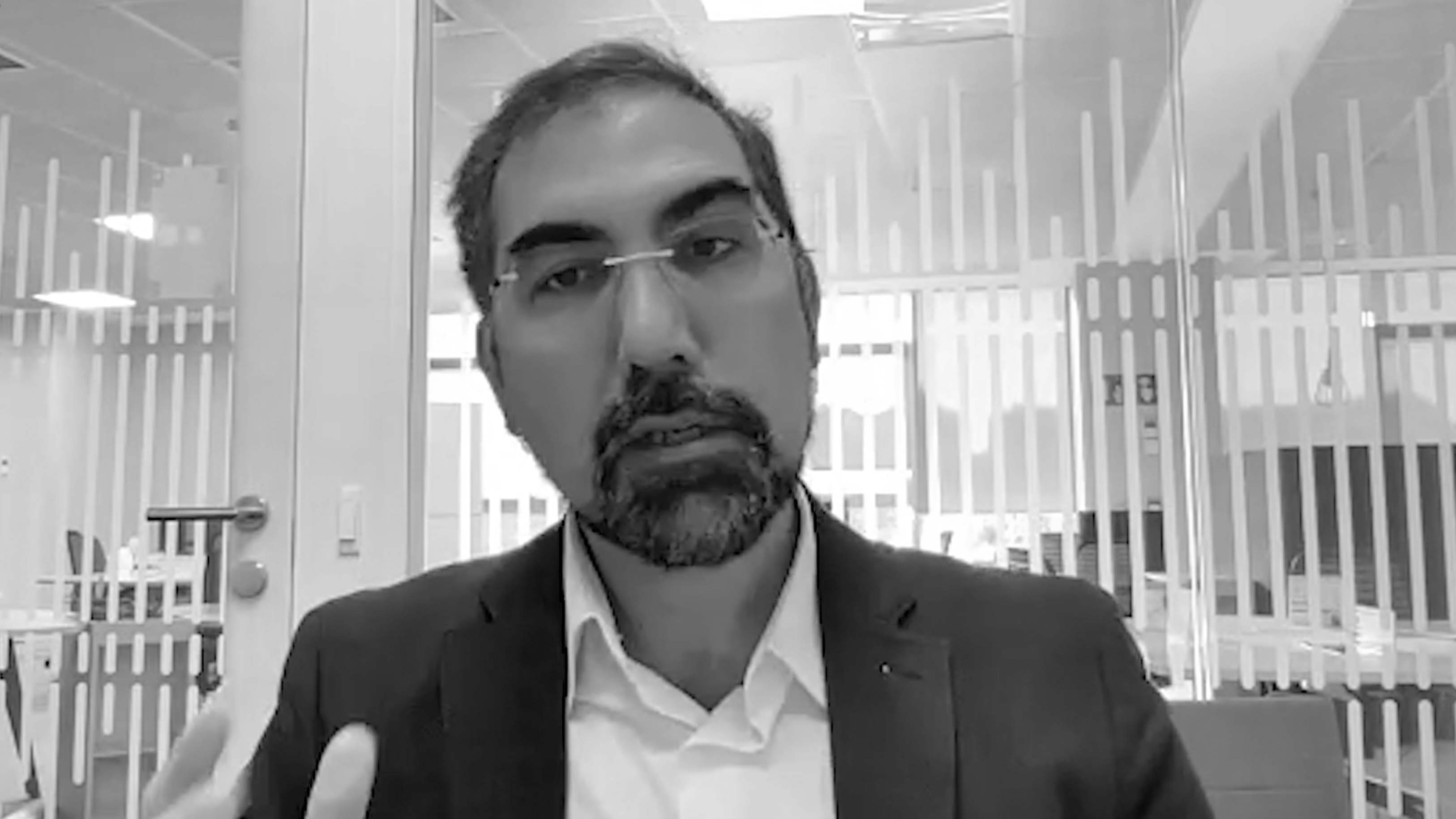
Not so long ago, we shared information with our colleagues across a table, listening to people’s ideas and responding accordingly. Today, so many of those exchanges happen in written (or typed) form – think email, text, IM –meaning that listening in its traditional sense has been replaced by reading text on a screen. The problem with this is that we comprehend less when we read on a screen than we do when we read print; we devote less time to reading something in full, and tend to skim and search for key takeaways. And when it’s our turn to reply to a message, we feel so burdened by the volume of emails we have to write that we end up sending sloppy, terse, or confusing responses.
Given how central reading and writing comprehension is to our hybrid work lives, reminding ourselves what good communication looks like is critical to being a conscientious colleague. Before you send off that next email, consider the following.
We’re often moving at lightning speed, which makes details easy to brush over. The thing is, a lot of us aren’t really as busy as we’d like to think we are. And it erodes our commitment to accuracy, clarity, and respect.
Is your email too brief?
One of the more obvious reasons our reading skills decline at work is that we’re often moving at lightning speed, which makes details easy to brush over. The thing is, a lot of us aren’t really as busy as we’d like to think we are. And it costs us: our speed, and the anxiety that surrounds it, and erodes our commitment to accuracy, clarity, and respect.
So, slow down and always reference details in your communications. If someone sends you a longer debriefing about a virtual meeting, respond to specific components of the email rather than sending back a blanket response. It shows that you put in the time to really read through the other person’s time and thinking.
Brevity from the upper echelons of power isn’t uncommon. Sloppy texts and sloppier emails, poor sentences, bad grammar, atrocious spelling – the message is, “We don’t have time to care!” At Morgan Stanley, there was a running joke that the more senior you were, the fewer characters you needed to express your gratitude in a text or email. You started your career with “Thank you so much!” and after a promotion or two, this was cut down to “Thanks.”
Brevity can make a person appear important, but it can also hurt your team and your business. Getting a slapdash email means that the recipient has to spend time deciphering what it means, causing delays and potentially leading to costly mistakes. And research shows when we use the punctuation we associate most with brevity – the dreaded sentence-final period – we come across as insincere.
One executive who I’ll call Tom was renowned in our office for both his carelessness and his brevity. Once, when a direct report sent him an email, asking, “Tom, do you want us to move forward with this plan or should we gather more information?” Tom replied, “yes.” Thanks, Tom, we’ll move ahead on one, or both, or neither. Imagine how much time his team wasted debating how long they had to wait before someone pointed out to him he hadn’t answered the question! Leaders don’t have to respond to every message, but when important work guidance is required, their communications should at least be clear.
Also consider proofreading your emails before sending them. A lot of the time, misinterpretation comes down to a dropped word or misleading punctuation. So, take advantage of spell check and other proofreading programs. Proofreading is both a habit and a skill: making it a point of pride to send clean, unambiguous copy will help people take what you write more seriously.
What tone are you projecting?
Tone – the overall attitude, or character, of a message – is another key component of strong reading and writing skills. Perhaps more than anything else, it’s the greatest tool for communicating empathy. So ask yourself: Who is the recipient? Who is the audience?
Tone – the overall attitude, or character, of a message – is the greatest tool for communicating empathy.
One thing I tell my clients who struggle with digital communication is to make sure they keep in mind the visual impact of their message. I’ll explain.
Ethan, a young manager I coach, once told me about an interaction he had with a senior leader that left him feeling unappreciated and belittled. As requested, he had sent this senior leader a detailed plan about increasing productivity among his teams. The plan set forth a different way of working that Ethan was certain could help teams avoid duplicating their efforts and create new levels of transparency. Ethan was excited about the plan, and even included specific questions for the next team meeting. Expecting a positive response, maybe even a few follow-up questions, what he got back from the executive was this: “k.”
Ethan felt confused and insulted. The visual impact of “k” was that Ethan’s clear and comprehensive proposal hardly deserved a response at all. Was the executive even thinking about Ethan’s plan – or were they dismissing it outright?
Did “k” mean they were giving him the green light to proceed, or was it a subtle command to put his dumb idea on a back burner? It was impossible to tell. Also, did the senior leader think so little of Ethan that they couldn’t be bothered to write more than a single letter? Even something pedestrian, like “okay I’ll get back to you,” would have conveyed more respect and attentiveness than that “k.”
Tone deficiencies like the one Ethan’s boss demonstrated can hurt morale and sow confusion. It’s no surprise that responding to someone’s hard work with a one word (or one letter) response communicates a lack of empathy for the person at the receiving end. Don’t respond for the sake of responding if you don’t have something substantive to offer. If you are having one of those days where you can’t give thoughtful attention to an email, send a quick reply acknowledging you received it, and let them know that you plan to respond to it at greater length as soon as possible.
Would it help to talk or meet instead?
With so many written platforms at our disposal, we can also get caught up in asking too many small questions in emails or group chats. Phone, video, or live meetings can force us to ask the right questions instead of asking one tiny question after the next. It can also save lots of time while simultaneously generating goodwill.
A German client once told me, “I was having a never-ending email back and forth with a French and an Indian colleague who were having a circular written dialog, covering the same ground over and over without understanding each other. I got them both to hop on the phone with me, asked a few questions a few different ways, and we got to the bottom of the issue.”
Lacking cues like eye contact and tone of voice makes digital communication challenging. In lieu of traditional body language, having the skills to read and write carefully is essential to organizations in our hybrid world.
If you just received a vague or confusing text or email, don’t be afraid to request a phone conversation or, if possible, a video or in-person meeting. If it’s a sensitive dialog, requesting a quick call shows you’re being thoughtful. Instead of making you look indecisive, waiting a few beats before responding to questions shows the other person that you are listening and taking your work seriously.
Lacking cues like eye contact, tone of voice, or body language to clarify what another person means makes digital communication challenging. In lieu of traditional body language, having the skills to read and write carefully is essential to organizations who want to make sure their teams are on the same page – and able to excel – in our hybrid world.







































